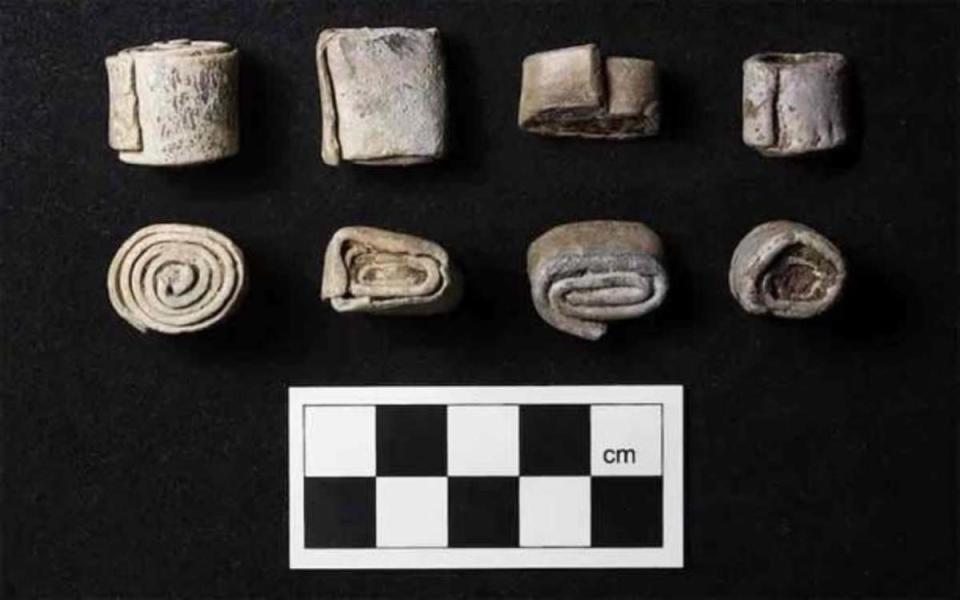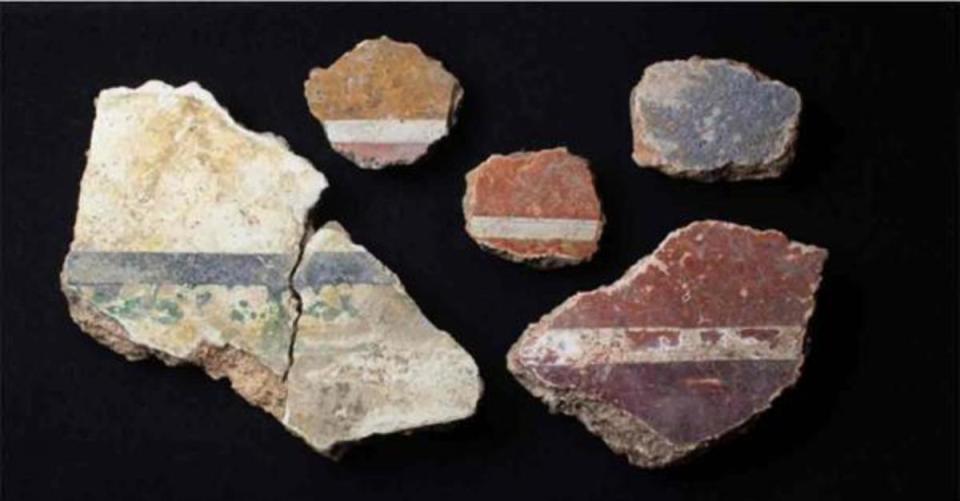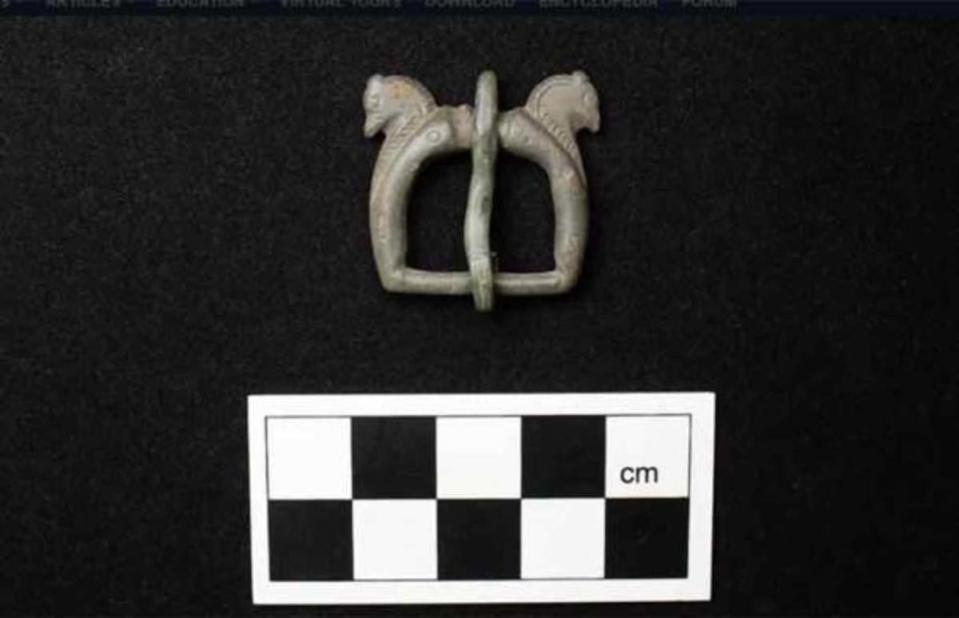Archaeologists Uncover Mysterious Bronze Age Artifacts, ‘Richly Decorated Roman Villa’ in England
Archaeologists have unearthed an astonishing Bronze Age site in England, recovering a "richly decorated Roman villa" along with housing complexes and a treasure trove of artifacts and artwork from the ancient civilization.
Red River Archaeology Group (RRAG) led the expedition on the site, now known as Brookside Meadows, which is located in Oxfordshire. It's one of the largest Roman-era sites to be uncovered in Britain. It was approximately 1,500 years ago that Roman forces withdrew from England in the early 5th century.

Red River Archaeology Group
The large structures recovered included a "winged-corridor" villa, which contained many rooms connected through a centralized corridor. Decorating the floors and walls of the compound are preserved mosaic floors, painted walls, and intricate frescoes
The villa was flanked by "hall-like" aisle buildings, which experts believe might have been used as "administrative facilities." They also posit that the structures, which comprised 1,800 square feet on the ground floor, once contained multiple levels.
Discovered amongst the villa were a plethora of artifacts illuminating everyday life in the ancient civilization. Archaeologists recovered mysterious miniature axes along with a small collection of lead scrolls resembling Roman curse tablets, which were private prayers of residents written on small sheets of lead and pewter. Similar finds have been located at other Roman sites around England, and experts believe that they acted as offerings to gods during that time.
Other artifacts, such as coins, rings, brooches, clay tableware, and a belt buckle carved with a horse's head, were likely worn by the community's military servicemen. They date from 350 to 450 A.D. and were likely used in rituals of the period.

Red River Archaeology Group

Red River Archaeology Group

Red River Archaeology Group
"The sheer size of the buildings that still survive and the richness of goods recovered suggest this was a dominant feature in the locality, if not the wider landscape," noted Louis Stafford, a senior project manager at RRAG.
But while the buildings and artifacts illuminate some details of everyday life in the ancient civilization, experts don't have all the answers they desire. Researchers are especially curious about "where all the people ended up" once the civilization disbanded. They believe some of the found artifacts, specifically the scrolls, indicate the presence of a yet-to-be-discovered underground sanctuary.

